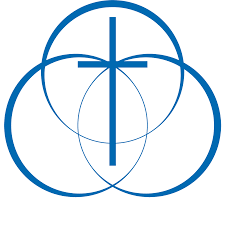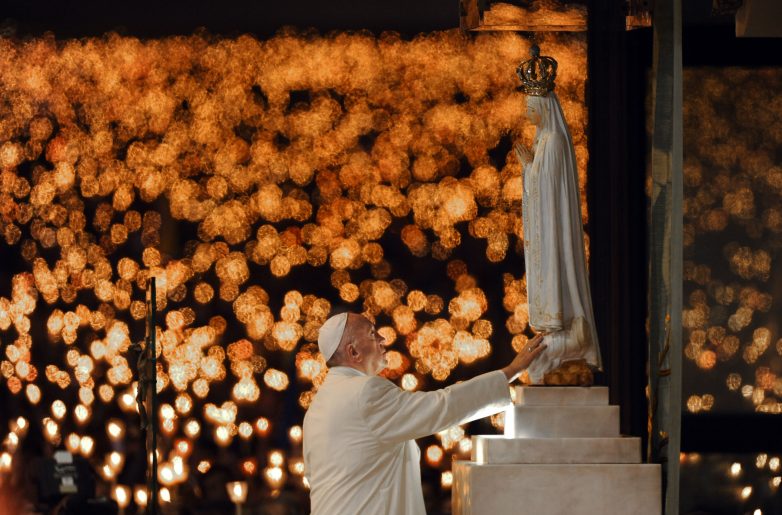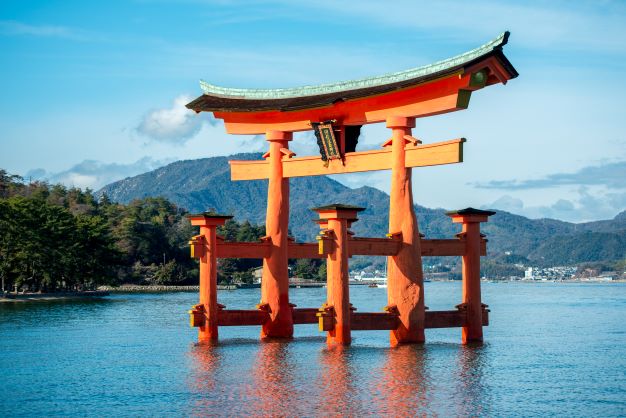The departure of any church or clergy from the denomination is not instantaneous, but must […]
Author: RNS
Pope’s peace prayer for Ukraine recalls ancient prophesy
To hammer home its universal nature, the Vatican translated the text of the prayer into […]
Houses of faith are building affordable housing on their properties
The national nonprofit Enterprise Community Partners on Wednesday (Feb. 23) announced $8.5 million in grants […]
Japan’s Shinto religion is going global and attracting online followers
An anthropologist of Japanese religion met followers of Shinto religion online and found how they […]



